Additional information
| Child override |
||||||||||||||||||||||||||||
| Child override The cells of algae and aquatic plants can be thought of as a series of well-engineered structures. These structures are made of complex proteins, carbohydrates, lipids, and minerals. Chlorophyll is stored within the chloroplasts in the cell, and chlorophyll is how a plant gets it energy to grow from sunlight. This intricate framework allows algae and aquatic plants to grow and thrive while aiding in resistance to chemical treatments. Improving the performance of contact algaecides and aquatic herbicides Contact algaecides (copper products, peroxides, and diquat) must contact the cell wall and enter the cell to be effective. Lack of penetration and intercellular movement of these chemistries reduces their effectiveness. REGEN-Enhancer degrades dead plant cell walls and weakens cellular integrity when used with an algaecide formulation. Killing all susceptible cells reduces the risk of algae developing any resistance to Improving the performance of systemic herbicides Systemic herbicides (i.e. glyphosate, imazapyr, or triclopyr) travel through the cell disrupting processes such as amino acid synthesis, cell division, and photosynthesis. Systemic herbicides tend to work slower, but they do translocate into multiple parts of the plant (1). However, herbicide resistance has been studied in detail (2) and can reduce overall treatment performance and consistency. For this reason, we focus on a complete degradation of the dead plant structure and aquatic herbicide dispersion to all susceptible cells. When combined with systemic herbicides, REGEN-Enhancer speeds movement into the cells by breaking down the cellular framework of dead cells, promoting rapid nutrient recovery, and decomposing dead plant material from the inside out. REGEN-Enhancer works synergistically with systemic herbicides and ensures thorough and complete degradation of dead aquatic plants.
NOTE: REGEN-Enhancer DOES NOT kill aquatic plants or algae. |
||||||||||||||||||||||||||||
| Child override Common Uses
Benefits
Available sizes
|
||||||||||||||||||||||||||||
| Child override When mixed with algaecide or herbicide: *Best when mixed with AquaSticker for planktonic algae and aquatic plants.
|
||||||||||||||||||||||||||||
Child overrideCommonly treated algae and plants:Filamentous Algae
Planktonic Algae
Aquatic Plants
|
||||||||||||||||||||||||||||
| Child override |


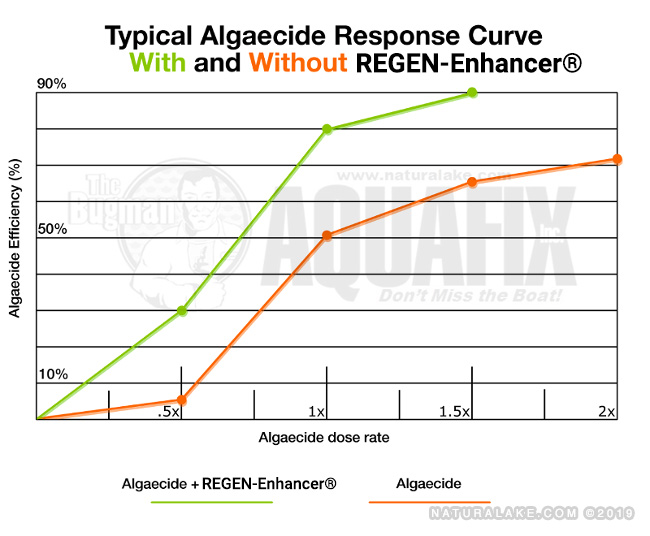
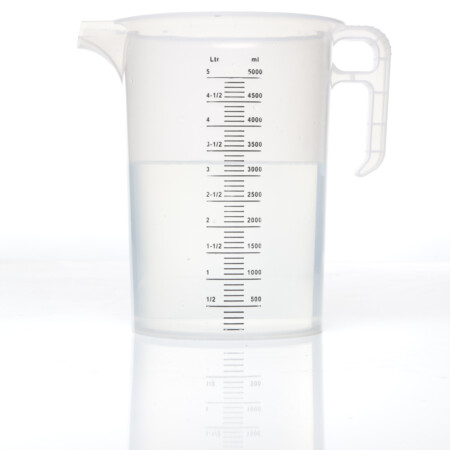
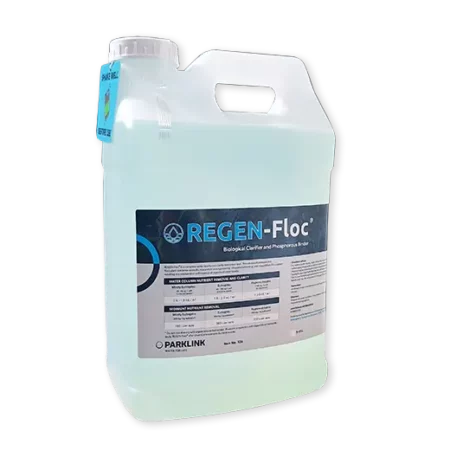
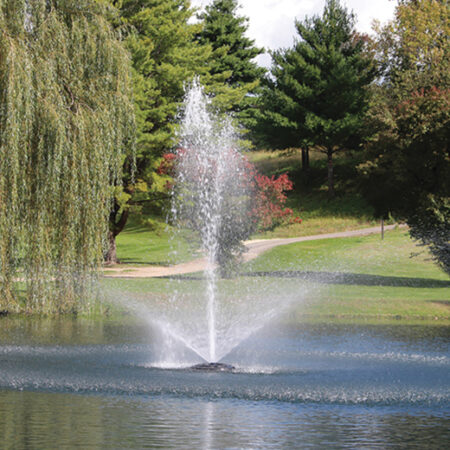
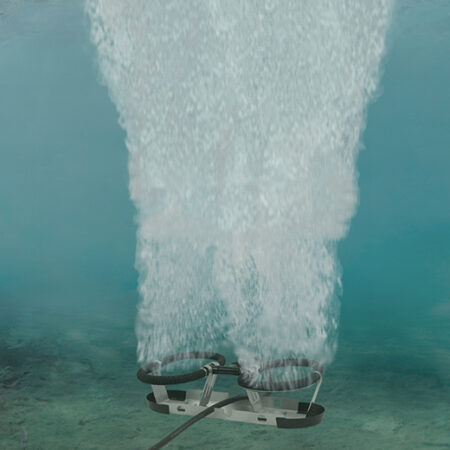
Reviews
There are no reviews yet.